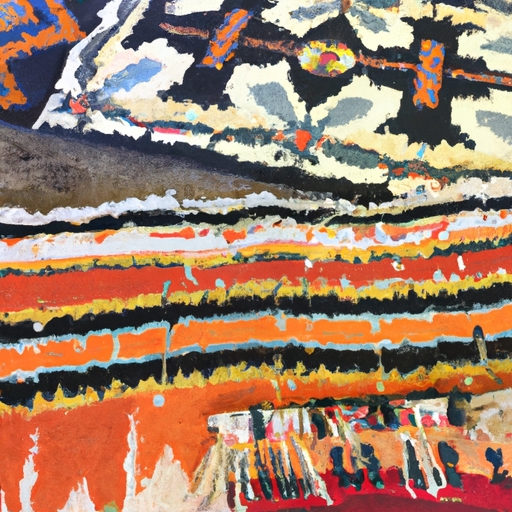Handmade Native American rugs
Historical background and significance of Native American rugs
Native American rugs hold immense historical and cultural significance. These exquisite handmade creations are a testament to the rich heritage and artistic traditions of Native American tribes. The intricate patterns, vibrant colors, and expert craftsmanship of these rugs make them highly sought after by collectors and enthusiasts alike.
The history of Native American rugs dates back centuries, with indigenous tribes using them for various purposes. Initially, these rugs served as functional pieces, providing warmth and comfort during harsh winters. However, over time, they evolved into works of art that reflected the tribe's identity and spiritual beliefs.
Each motif used in Native American rugs carries symbolic meaning. For example, the Navajo people often incorporate geometric designs representing harmony with nature and their connection to the spiritual world. On the other hand, the Hopi tribe utilizes intricate patterns depicting stories from their mythology or important events in their history.
Creating a Native American rug is a labor-intensive process that requires meticulous attention to detail. Skilled weavers use traditional techniques passed down through generations to produce these masterpieces. Natural materials such as wool from sheep or cotton are dyed using plant-based pigments to achieve the vibrant hues seen in these rugs.
The rarity and uniqueness of handmade Native American rugs contribute to their value among collectors worldwide. Each rug tells a story of cultural heritage preserved through generations. Owning one means not only owning a piece of art but also becoming part of a legacy that celebrates indigenous culture.
In conclusion, Native American rugs possess historical significance beyond mere decorative items. They represent centuries-old traditions and serve as tangible links to indigenous cultures' pasts. The intricate designs and skilled craftsmanship displayed in these handwoven treasures make them prized possessions for those who appreciate native artistry and wish to honor its enduring legacy.
identifying native american rugs
